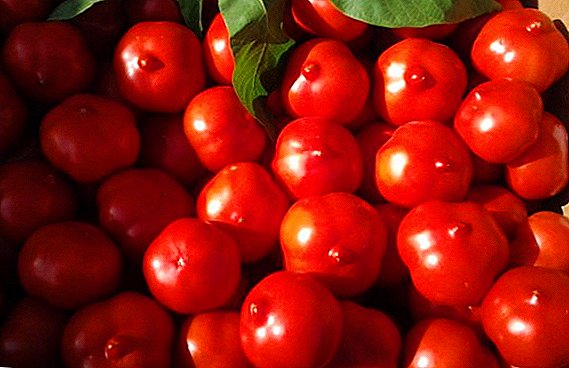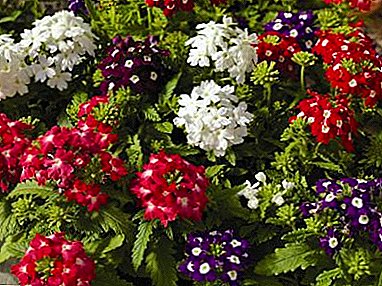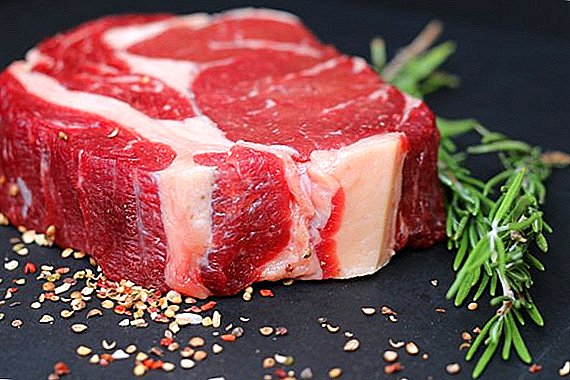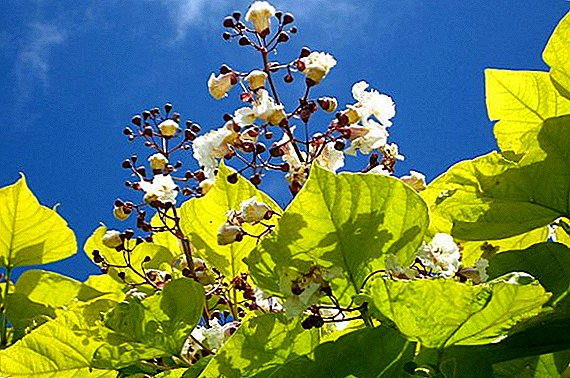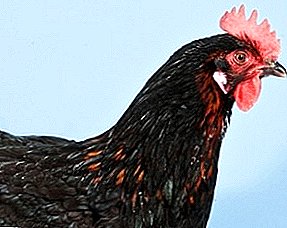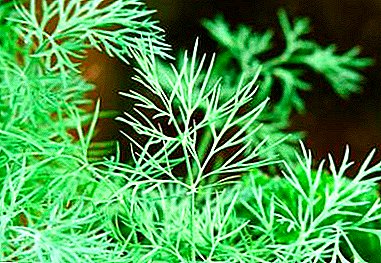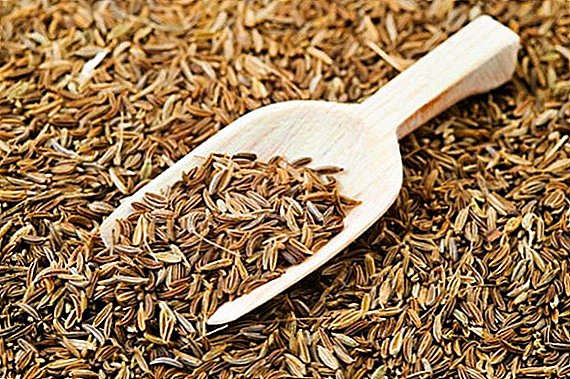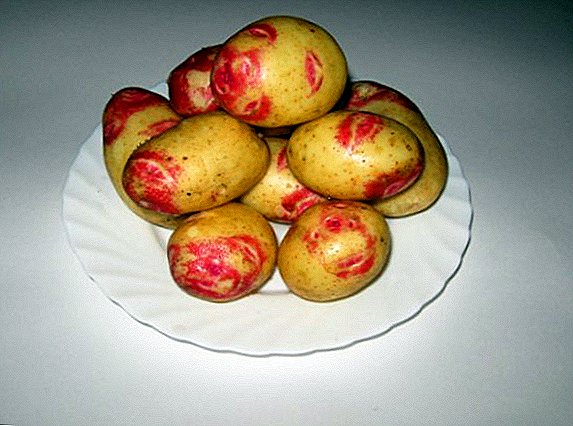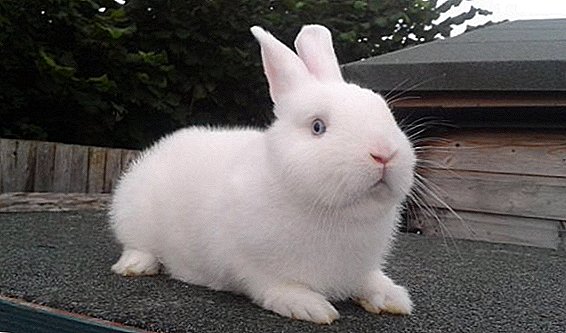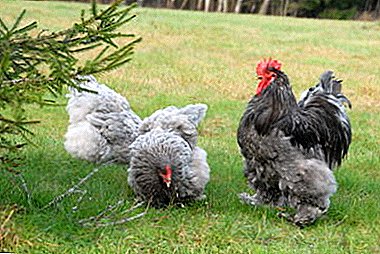
At the mention of decorative birds, the first thoughts immediately arise about the majestic peacocks and swans, bright parrots and canaries. Very few will remember the specially bred breeds of pigeons. And the fact that there are ornamental breeds of chickens, and they know only lovers.
One of the "stars of chicken fashion" are the rocks of Brahma and Kochinquin, dressed in lush and bright plumage from beak to the tips of toenails. Yes, their legs are also completely covered with feather "pants"!
Description of the Brahmaputra breed
 Brama is a large, massive bird with a high-set body and long, feathered legs. Owners of a wide chest, a long powerful neck with a relatively small head, they give the impression of fighters.
Brama is a large, massive bird with a high-set body and long, feathered legs. Owners of a wide chest, a long powerful neck with a relatively small head, they give the impression of fighters.
Add to this another "gloomy look", because of the protruding brow ridges and deep-set eyes, and you decide for sure that these are bandits of the bird's yard. But no, on the contrary breed Pomfret, different phlegmatic character and calm.
Initially, the breed of these chickens was called brahmaputra, after the name of the Indian river, which flows through the environs of their homeland, then the name of the breed was reduced. This breed was bred as a result of crossing the other two:
- Indo-Chinese Cochinha;
- Malayan fighting cocks.
It is believed that the breed Brahma brought out the ministers of the temples in the Himalayas, especially to adapt to the cold climate of the mountains. The origin of the highland regions confirms a dense feather plumage, a developed downy layer, the presence of a layer of subcutaneous fat and great weight.
The crest of this breed is small, pod-like, smooth outlines. The plumage is soft with abundant down, but not loose, but adjacent to the body.
The main feature of the plumage, which eclipses even fluffy legs, is a luxurious contrast collar, which all roosters of the Pomrah breed have.
Breed of Brahma divided into subspecies by color:
- Dark chickens have a silvery-white head, a black-and-white collar, the main plumage is gray with a semicircular pattern of feathers. The roosters also have a silver-white head and a black-and-white collar, but below comes the black with green tint plumage, the legs are gray.
- Light (Colombian bramah) - the main part is silver-white, the collar, the upper part of the tail and the primary feathers are black. Rejected individuals with a yellowish tinge of feathers.
- Pale yellow (yellow) - in chickens, the head and the main body of the body are richly yellow, the collar is golden-black. Roosters have a darker body color, in tan tones. The tail is black with green tint.
- Partridges - in chickens there is a light brown head, a brown-black collar and an unusual coloring of the other feathers: a triple semicircle of white, black and brown. The cocks have red-red heads and red-black collars, below the belly and legs are black plumage with a green tint.
Characteristics of a bird species from Indochina
 The southeastern region of Indochina with the same name is considered the birthplace of the kokhinhin breed. Like the representatives of the previous breed, Cochinchins are distinguished by their massive build and broad chest..
The southeastern region of Indochina with the same name is considered the birthplace of the kokhinhin breed. Like the representatives of the previous breed, Cochinchins are distinguished by their massive build and broad chest..
These traits they transferred to Brahma, a new branch of their breed. But, unfortunately, with the same weight, they can not boast of the same article. Their neck, back and legs are much shorter. A lush and loose plumage is not so tight to the body and gives the birds a spherical shape.
In the transition from the neck to the back a pronounced bend is noticeable. Kokhinkhins comb is leaf-shaped.
Types of color kokhinhinov:
- Black - saturated black color of feathers with green tint, allowed with violet. The frame of the pen is also black. Birds with a brown tint are rejected.
- White - silver-white plumage completely.
- Blue - a pale grayish-blue body color. The head, collar, wing feathers and tail may have a black velvety color.
- Fawn - rich yellow body color. The collar, wings and tail are of a beautiful honey-amber color.
- Kuropatchatye - in hens, the color of body feathers with a characteristic semicircular pattern of white-brown color. The core of the pen is black and the downy layer is gray-black. The collar is golden brown. Cocks have a head, collar and waist of a rich red-red color. The belly, legs and tail are black.
What is the difference?
In spite of the common genes, the Brahmara breed chickens differ from their ancestors of the Cochinquins not only by their growth and appearance, but also by their productivity.
| Productivity Indicators | Breed brahma | Breed kokhinhin |
| Chickens weight | 3.5-4 kg | 3.5 kg |
| Roosters weight | 4.5-5 kg | 4.5 kg |
| Age of ripening | 8 months | 7-8 months |
| Number of eggs per year | 120-150 pcs | 100-120 pcs |
| Average egg weight | 60-65 g | 55-60 g |
| Egg color | cream | dark brown |
| Taste qualities | The backbone is thinner | Fatty deposits |
As we can see from the table, the representatives of the Pomfret breed are slightly heavier and are distinguished by longer maturation. Eggs per year, these chickens bring more and they are larger.
A photo
We described the breeds of chickens above, and now we offer to look at them in the photos.
Brama





Cochinquin





Content Features
Peculiarities of keeping pomfam hens:
- Perches no higher than 40 cm (fly badly, may be injured).
- Feeding should be dry and clean so as not to soil plumage on the legs.
- On the eggs do not land, can crush.
- The cold is well tolerated, they do not need additional heating in winter.
- Regular walking
- Character calm, obedient.
- Mature late, chicks up to 6-7 months are fed with starter feed.
Peculiarities of keeping Kokhinkhin chickens:
- Perches of 20 cm (they do not know how to fly at all).
- Monitor the cleanliness and dryness of the litter so that the plumage on the legs does not get dirty.
- Walking is optional, feel good in the general shed.
- Character phlegmatic.
- Unpretentious and hardy, do not require additional heating.
- Control obesity, low-calorie food or limit the amount.
- Hatched naked.
- Both breeds are resistant to cold, easily endure the winter and do not need additional heating of the chicken coop. Moreover, in winter, the egg production of birds of these breeds rises, provided there is good lighting.
Do not forget that there must be a window in the hen house.
Cochins are more unpretentious and do not need regular walking, like brahma. Chicken Cochin chicks hatch naked and need more careful nursing. In Brahma, the “adolescence period” lasts a month longer, and in these 6-7 months the chickens are fed with starter feed.
Both breeds have a calm, "Nordic" character. Cochinquins are often obese because of their slowness. In this case, it is necessary to reduce the amount of feed or replace it with a low-calorie one.
Which is better for meat, and which is for eggs?
 Both breeds are meat. Initially, pomfret was taken out as heavyweights of meat breeds (roosters reached 7 kg), but then producers focused on decorative qualities to the detriment of productivity.
Both breeds are meat. Initially, pomfret was taken out as heavyweights of meat breeds (roosters reached 7 kg), but then producers focused on decorative qualities to the detriment of productivity.
Brahma, like the Cochin, have high quality meat. But with the inclination of the Cochin to obesity, their meat may not be as dietary as that of brahma.
Given that both breeds have a meat orientation, they are excellently carried in winter, giving 100-120 eggs per year for brahma and 120-150 eggs per year for Cochinquins.
Who better to breed at home?
On the one hand, Cochin quins are more unpretentious to conditions, do not need to walk, and mature earlier. On the other hand, the brahma are larger and bring more eggs. Choose what you prefer: ease of care or high performance.
With high probability, we can assume that the neighbors will often begin to look in and admire your chickens. Choose the breed that you like more externally.
Similarities with purebred Orpingons and Wyandotas
The hens of the breed Brahma and Kochinquan, with all their peculiarities, have much in common with such breeds as Orpington and Viandot.
Consider the similarities in order:
- In the coloring of the hen breeds, orpington and viandot also assume a black color with only a green tint.
- Among the colorations of these breeds there is also a rare partridge coloration.
- With a silver-white color is not allowed a yellow shade.
- Both of these breeds have a dense addition and do not know how to fly.
- Both breeds have a calm character.
- Good hens.
- Prone to obesity.
- Have a magnificent plumage.
- Well tolerated cold.
Keep up the cleanliness of the walking and litter in the hen house, and beautiful brahma and Cochin will become the pride of your monastery, flaunting in their furry "pants." Perhaps photos of your beauties will get into local newspapers. After all, it is simply impossible to pass indifferently past these "stars" with a haughty look and fluffy legs!


